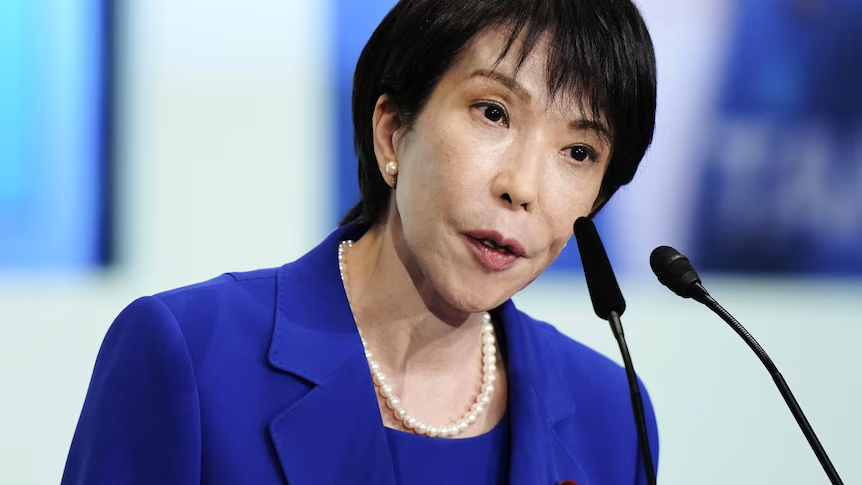A Historic Milestone in Japanese Politics
Sanae Takaichi has made history by becoming Japan’s first female Prime Minister, following a decisive parliamentary vote held on October 21, 2025. Her election marks a transformative moment in Japan’s political landscape, shattering a long-standing gender barrier in national leadership. Takaichi secured 237 votes in the Lower House and 125 votes in the Upper House, surpassing the required majorities to formally assume office.
As a senior member of the ruling Liberal Democratic Party (LDP), Takaichi’s rise to the country’s highest political position signifies both continuity and change within Japan’s political establishment. Her election reflects a gradual but significant shift toward gender inclusivity in a nation where politics has long been dominated by male leadership.
Political Journey and Leadership Background
Before assuming the role of Prime Minister, Sanae Takaichi held several key cabinet positions, including Minister of Internal Affairs and Communications. Throughout her political career, she earned a reputation for being disciplined, strategic, and deeply committed to conservative values. Her close association with former Prime Minister Shinzo Abe, a major influence in her political trajectory, has also shaped her policy outlook and leadership style.
Takaichi’s rise was not without challenges. Known for her firm stance on national security, economic reform, and constitutional revision, she often faced criticism from both political opponents and advocacy groups. However, her consistent advocacy for self-reliance, technological innovation, and defense modernization helped her gain strong support within the LDP and among voters seeking decisive leadership.
Domestic and International Focus
In her inaugural address, Prime Minister Takaichi emphasized her government’s commitment to economic stability, digital transformation, and national defense. She outlined her vision to strengthen Japan’s economy through investment in innovation and infrastructure while addressing demographic challenges such as an aging population and declining birth rates.
On the international front, Takaichi reaffirmed Japan’s dedication to regional peace, security, and partnership with allied nations. Analysts believe her foreign policy approach will emphasize balancing relations with China and the United States while reinforcing Japan’s leadership role in Asia.
Her administration is also expected to focus on advancing women’s participation in politics and the workforce, aiming to create a more inclusive and balanced society. This focus aligns with growing domestic calls for gender equality and greater representation across public and private sectors.
Symbol of Progress and National Pride
Sanae Takaichi’s election has been celebrated globally as a powerful symbol of progress and perseverance. Her achievement not only elevates her personal legacy but also represents a broader cultural shift in Japan’s perception of leadership and gender roles.
As the nation embarks on this new chapter, Takaichi’s leadership will be closely watched both at home and abroad for how she balances Japan’s conservative political traditions with her forward-looking policies.
Topics #Historic WIn #Japan Prime Minister #Sanae Takaichi #trending pakistan #Women In Politics




